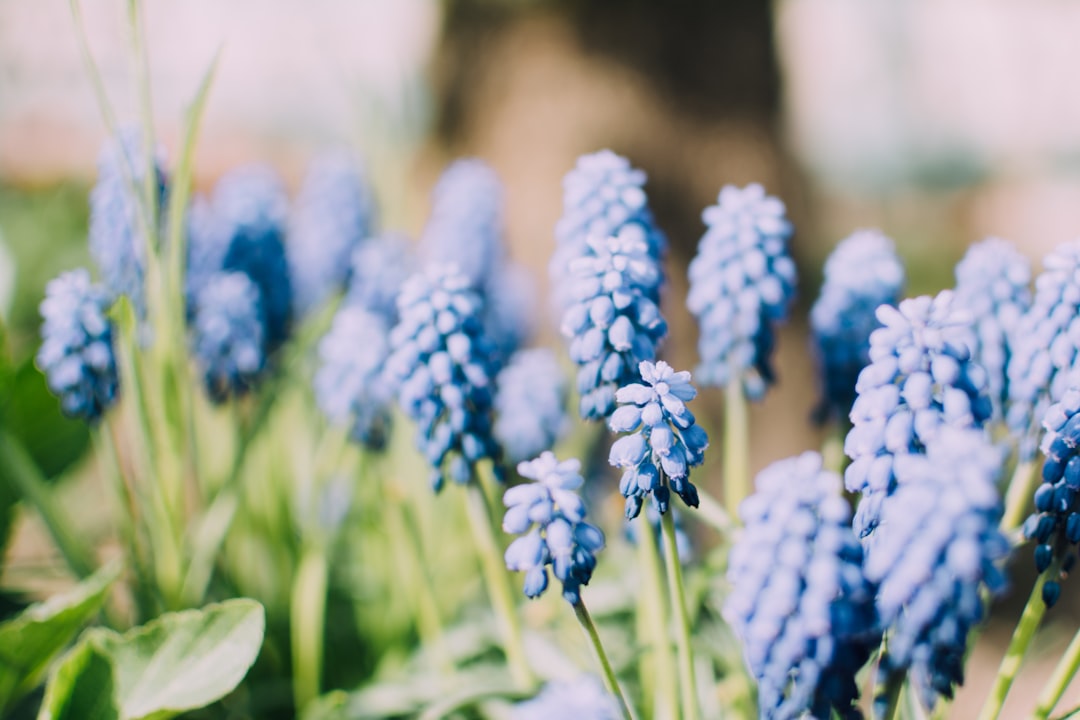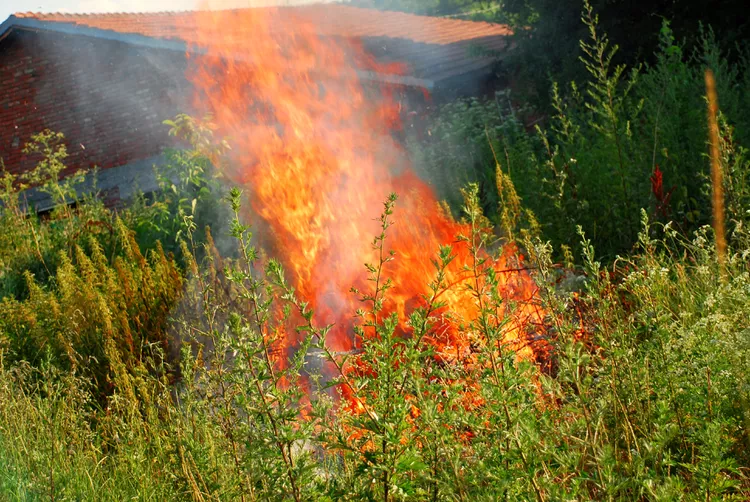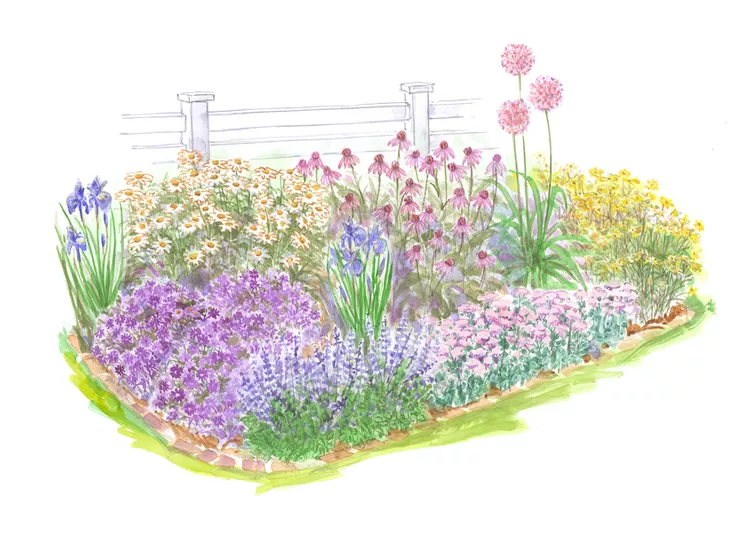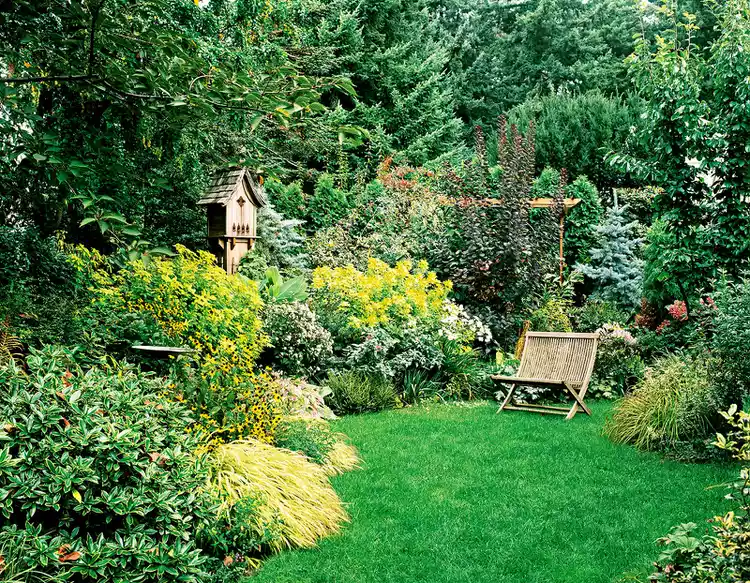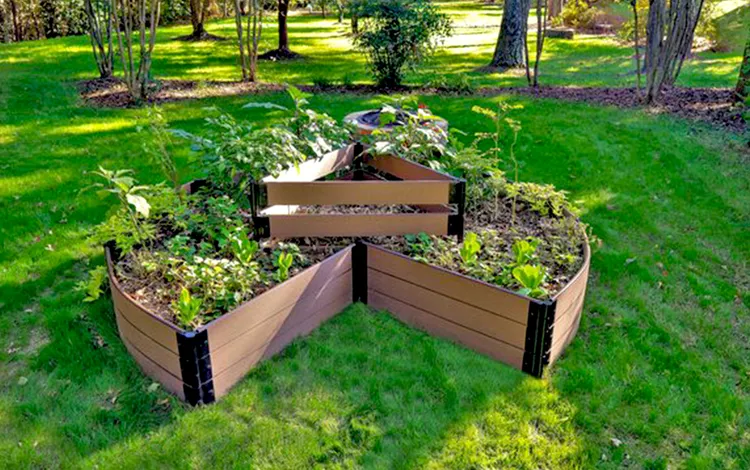In the world of gardening, perennials hold a special place. They are the reliable friends that come back year after year, adding color and charm to our outdoor spaces. Among these perennials, the blanket flower stands out as a true gem. With its long bloom time, few perennials can rival what the pollinator - friendly blanket flower brings to the garden.
The blanket flower, scientifically known as Gaillardia, is a native North American plant. Its vibrant and eye - catching flowers are a sight to behold. The petals of the blanket flower often come in a combination of warm colors such as red, orange, and yellow. These colors blend together in a way that resembles a beautiful, hand - woven blanket, which is how it got its common name.
One of the most remarkable features of the blanket flower is its long bloom time. Unlike many other perennials that may only flower for a few weeks, the blanket flower can bloom from early summer all the way through to the first frost. This extended period of flowering means that your garden will be filled with color for a large part of the growing season. Whether you are enjoying a lazy summer afternoon or taking a stroll in the crisp autumn air, you can always count on the blanket flower to brighten up your day.
Another great advantage of the blanket flower is its attractiveness to pollinators. Bees, butterflies, and hummingbirds are all drawn to the nectar - rich flowers of the blanket flower. These pollinators play a crucial role in the ecosystem, as they help to fertilize plants and ensure the production of fruits and seeds. By planting blanket flowers in your garden, you are not only creating a beautiful display but also providing a valuable food source for these important creatures.
When it comes to growing blanket flowers, they are relatively easy to care for. They prefer full sun, which means they need at least six hours of direct sunlight per day. However, they can also tolerate some light shade, especially in hot climates. The soil should be well - drained, as blanket flowers do not like to sit in waterlogged soil. They are quite drought - tolerant once established, making them a great choice for gardens in areas with limited water availability.
To plant blanket flowers, start by preparing the soil. Loosen the soil to a depth of about 12 inches and mix in some compost or well - rotted manure to improve its fertility. Dig a hole that is slightly larger than the root ball of the plant. Place the plant in the hole, making sure that the top of the root ball is level with the soil surface. Backfill the hole with soil and gently firm it around the plant. Water the plant thoroughly after planting.
Once your blanket flowers are established, they require minimal maintenance. Water them regularly during the first growing season to help them develop a strong root system. After that, you can reduce the frequency of watering, as they are quite drought - tolerant. Deadheading, or removing the spent flowers, can encourage the plant to produce more blooms. Simply snip off the faded flowers at the base of the stem.
Blanket flowers can be propagated in several ways. One common method is by division. Every few years, in the spring or fall, you can dig up the plant and divide it into smaller sections. Each section can then be replanted in a new location. Another method is by seed. You can collect the seeds from the spent flowers and sow them directly in the garden in the spring or start them indoors a few weeks before the last frost date.
In addition to their beauty and ease of care, blanket flowers can also be used in a variety of garden settings. They look great in borders, where they can add a splash of color and texture. They can also be planted in containers, making them a versatile option for small gardens or patios. You can mix them with other perennials or annuals to create a stunning and diverse flower display.
Overall, the blanket flower is a wonderful addition to any garden. Its long bloom time, pollinator - friendly nature, and ease of care make it a favorite among gardeners of all levels of experience. Whether you are a seasoned gardener looking to add a new plant to your collection or a beginner just starting out, the blanket flower is sure to bring joy and beauty to your outdoor space for many years to come.






